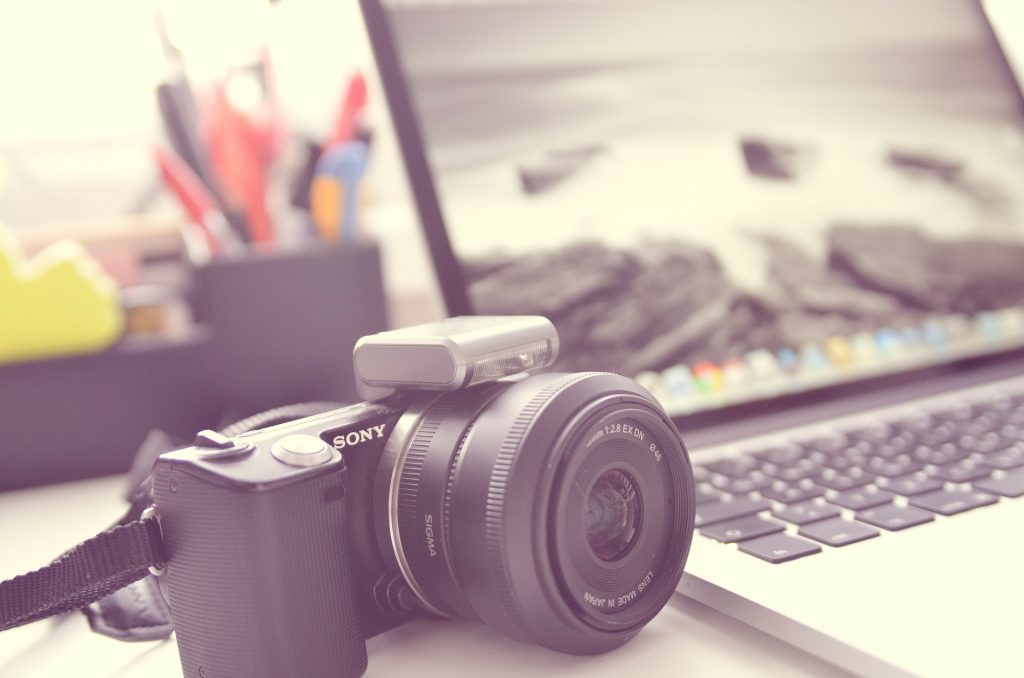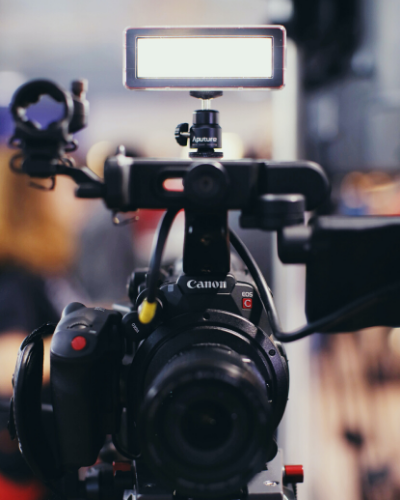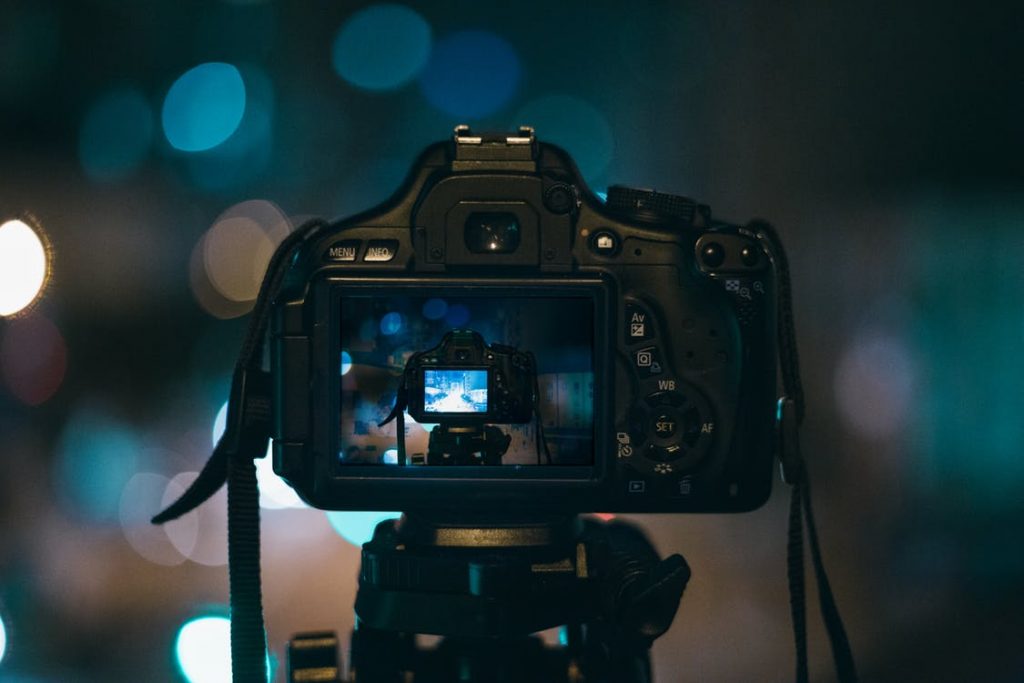
How to Photograph Auction Items
In the world of auctions, the power of a compelling image cannot be overstated. A well-crafted photograph has the remarkable ability to transform a valuable item into a high-priority auction, captivating potential buyers and collectors alike. It’s through the lens that the true essence and allure of these items are unveiled, offering a window into their craftsmanship, history, and significance.
In this guide, we delve into the intricate craft of auction photography, revealing the secrets and techniques that elevate a simple image into a work of art in itself. From mastering composition to choosing the perfect lighting, each element plays a vital role in presenting valuables in the most alluring light. Join us as we explore the steps to maintain consistency across an entire catalog, setting standardized parameters that ensure each item receives the attention it deserves.
Join us on a journey through the nuances of capturing valuable items, from the delicate dance of light to the meticulous attention to detail. Together, we’ll uncover the artistry behind each click of the shutter, revealing how a well-photographed item can transcend its physical form and become an object of desire for discerning buyers.

Composition Secrets: Framing Valuables for Maximum Impact
When it comes to auction photography, mastering composition is key to capturing the essence and allure of valuable items. The way you frame your subject can make a world of difference in how it’s perceived by potential buyers.
Start by considering the rule of thirds. Divide your frame into a grid of nine equal parts with two equally spaced horizontal and vertical lines. Position the focal point of your item along these lines or at their intersections. This technique creates balance and visual interest, drawing the viewer’s eye to the most important features.
Additionally, be mindful of negative space. Allow ample breathing room around the item to give it room to breathe, preventing a cluttered or overwhelming appearance. This allows the viewer to appreciate the details and craftsmanship of the piece without distraction.
Experiment with different angles and perspectives. Don’t limit yourself to just shooting head-on. Try overhead shots for flat items like paintings or rugs, or capture items from a low angle to highlight their stature and presence. These unique perspectives can add a fresh dimension to your photographs.
Lastly, consider the placement of supporting elements. If the item is part of a collection, arrange them thoughtfully, ensuring they complement each other and contribute to a cohesive visual narrative. This creates a sense of context and showcases the item in its best possible light. Remember, composition is your canvas – use it to tell a compelling story about the value at hand.
Setting the Scene: Backgrounds and Props in Auction Photography
Opt for neutral backgrounds that don’t compete with the item for attention. A clean, unobtrusive backdrop like a solid color or seamless paper works wonders. This simplicity allows the viewer to focus solely on the valuable, without any distracting elements.
However, for certain items, a contextual background can provide valuable information and elevate the item’s appeal. For instance, an antique piece may benefit from being placed in a setting reminiscent of its era. Just ensure that the background complements rather than overwhelms the item.
Props can be used judiciously to add depth and narrative to your composition. They should never overshadow the main subject, but rather, support its story. Consider using items that relate to the valuable in some way – for example, placing a vintage book beside an antique desk. This creates a visual connection and adds layers of interest.
Remember to pay attention to color harmony. The colors of your background and props should harmonize with the item, creating a balanced and visually pleasing composition. Avoid clashing or overly busy elements that could detract from the focal point.
Ultimately, the goal is to strike a harmonious balance between the valuable item and its surroundings. The background and props should complement and enhance, allowing the viewer to appreciate the item in a carefully curated environment.
Highlighting Details and Textures in Auction Images
Capturing the intricate details and textures of valuable items is a crucial aspect of successful auction photography. It’s these nuances that often make an item truly special and unique.
Lighting
To bring out these details, lighting is paramount. Employ soft, diffused lighting to minimize harsh shadows and reveal fine textures. This can be achieved through natural light or controlled studio lighting setups. Pay attention to the angles of light to emphasize specific features and textures, creating a three-dimensional quality in your images.
Close Ups, Details, Imperfections
Close-up shots are invaluable in showcasing details. Utilize macro lenses or zoom in to capture the finer aspects of the item. Ensure that your camera’s focus is precise, highlighting the intricacies that might be missed by the naked eye.
Moreover, it’s essential to be transparent about any imperfections or flaws. Honesty in representing the item is crucial in building trust with potential buyers. Include images that depict any scratches, wear, or other blemishes. Providing a comprehensive view of the item, both in its glory and imperfections, allows potential buyers to make informed decisions.
When photographing imperfections, be sure to do so in a way that doesn’t diminish the overall appeal of the item. Use lighting and composition to present them neutrally and factually, avoiding exaggeration or dramatization.
In essence, highlighting details and textures involves a delicate balance between skillful lighting, close-up photography techniques, and an honest portrayal of the item’s condition. This approach not only showcases the true essence of the value but also builds trust and credibility with potential buyers, which is why auction photography is so important.


Maintaining Consistency Across a Catalog
Creating a Cohesive Look
Ensure that all images in the catalog have a consistent visual style, such as background choice, lighting, and overall mood. This helps establish a unified and professional appearance.
Setting Standardized Parameters
Establish clear guidelines for framing, lighting, and angles. This ensures that each item is presented in the best possible manner, allowing for fair and accurate comparisons between listings.
Utilizing Editing for Color Correction
Post-processing tools can be invaluable for adjusting colors to accurately represent the items. This includes correcting white balance, adjusting saturation, and fine-tuning hues to present the most faithful representation.
Cropping for Improved Composition
Crop images to enhance composition and remove any distracting elements. This allows the valuable item to take center stage, ensuring that potential buyers focus on its unique attributes.
By adhering to these practices, you’ll not only provide a visually appealing catalog but also instill confidence in potential buyers, as they can trust that each item is presented accurately and professionally. This consistency reflects positively on your credibility as an auctioneer or curator.